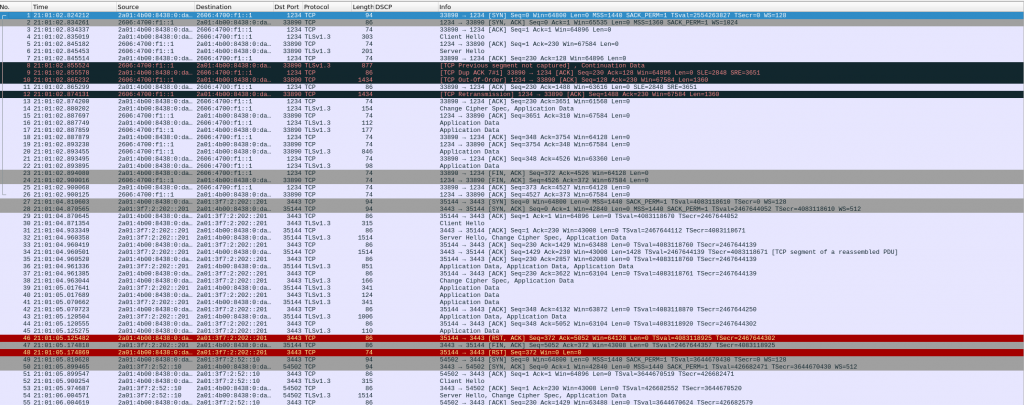I was a bit homesick from a trip with friends last year to Greece so I decided to try moussaka again.
I followed this video and it was very good!!!! I have never tried bechamel that way.
Ingredients for meat mix:
- 3 aubergines
- 2 big potatoes
- 1 big onion
- 2 or 3 garlic cloves
- 500g minced lamb (you can use beef of course)
- olive oil to fry
- tomate paste
- 1 can of tomate sauce
- 250ml water + 2 beef stock cubes
- 1 bay leaf
- salt, pepper, 1 tsp of cinnamon.
Ingredients Bechamel:
- 250ml milk (2 glasses) – warm
- 120g plain flour + 120g butter
- 85g parmesan
- nutmeg
- 2 egg yolks
Instructions:
1- Slice the aubergines into 1cm thick. Season with salt and set aside for 30 minutes (then dry them properly)
2- While you wait for the aubergines, peel and slice the potatoes.
3- Heat up a pan with olive oil and fry the auberguines and potatoes until golden. Try to remove as much oil when taking out the pan and dry in kitchen paper.
4- In the same pan (medium heat), with a bit of oil, chop the onions and saute for a couple of minutes. Add the garlic.
5- Add the meat, salt, pepper and cinnamon. Once it is cooked, add bay leaf, tomate sauce and stir well. Add the water + beef stock cubes. Once starts reducing the liquied, reduce heat to low and let it simmer while preparing the bechamel.
Bechamel:
1- In a sauce pan in low heat, melt the butter, then add the flour and whisk until you have a paste.
2- Start adding the warm milk while whisking. Add pepper and nutmeg.
3- Once it is smooth and think, remove from heat, add the parmesan cheese and egg yolks. Whisk until smooth and thick again. Add a 4-5 tablespoons of bechamel into the meat mix.
Assembling:
1- Pre-heat oven – 180C.
2- In a large deep ovenproof dish, lay down the fry potatoes in 1 layer. Then 1 layer of aubergines. Add meat mix. Then add a last layer of aubergines.
3- Finally add the bechamel on top of the last layer of aubergines. Spread out evenly.
4- Put in the oven until golden brown (45m aprox)
The result was quite good!

